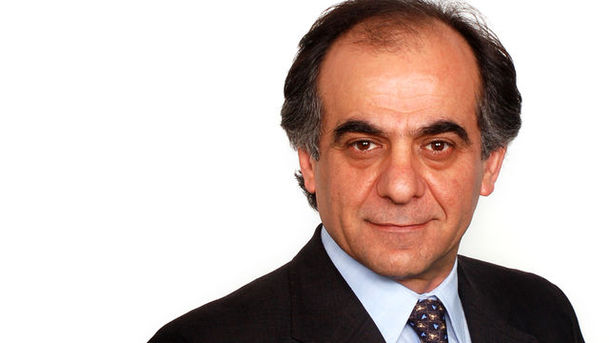The Genius of Omar Khayyam

Filmed in part across Iran during the run up to the 2009 election and presented by Sadeq Saba. Born almost 1000 years ago in Persia, Omar Khayyam was an astronomer, mathematician and poet. His contribution to algebra and geometry has sealed his reputation as one the greatest mathematicians of all time; and a lunar crater has been named after him for his advances in astronomy. Omar Khayyam lived during a medieval golden age of science and learning in the East. He was among a group of pioneering scientists who were influenced by ideas from ancient Greece, India and China. The film reveals how Islam and the advancement of science went hand in hand. In the West, Khayyam is best known for the Rubaiyat of Omar Khayyam most famously translated by a Victorian man of letters called Edward Fitzgerald. Published in 1859, the same year as Darwin's On the Origin of Species, the film shows how and why the Rubaiyat became one of the most famous poems in the English language, attracting a who's who of literary admirers including Thomas Hardy, TS Eliot and Arthur Conan Doyle. A decade after its success in England, the Rubaiyat of Omar Khayyam was published in America where its message of live for the day instantly captured the public imagination. Its popularity spawned all sorts of products including Omar tooth powder, playing cards, and the first illustrated editions of the Rubaiyat. America's favourite poet, Walt Whitman was a fan, and soldiers took miniature copies of the Rubaiyat to the battleground. Omar Khayyam remains a significant figure in present day Iran, and the film explores why despite his apparent religious scepticism, Khayyam's philosophy continues to resonate with modern Iranians.